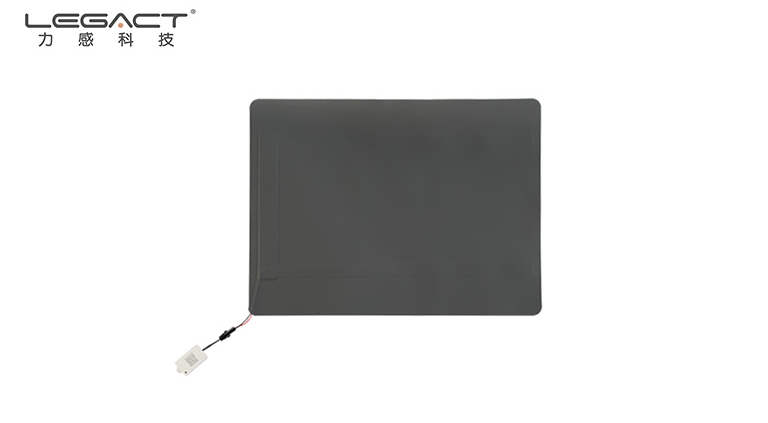With the widespread adoption of smart health devices, thin-film pressure sensors are increasingly being used in various health monitoring products. One significant application is in off-site monitoring cushions, which utilize the high sensitivity and accuracy of thin-film pressure sensors to monitor users’ sitting positions and off-site conditions in real-time. These products play a crucial role in preventing pressure injuries, improving work efficiency, and ensuring safety.
Characteristics of Thin-Film Pressure Sensors
Thin-film pressure sensors are lightweight, flexible, and highly sensitive, capable of detecting even slight pressure changes. Their main characteristics include:
- High Sensitivity: Capable of detecting minor pressure changes, making them suitable for precise monitoring.
- Lightweight and Flexible: Easy to integrate into various devices without affecting user experience.
- High Accuracy: Provides accurate pressure data, ensuring the reliability of monitoring results.
- Durability: Long lifespan and adaptable to various environmental conditions.
Application Scenarios for Off-Site Monitoring Cushions
Preventing Pressure Injuries: Sitting in the same position for extended periods can lead to pressure injuries, especially for patients who are bedridden or use wheelchairs. Off-site monitoring cushions monitor the pressure distribution on the cushion in real-time, reminding users or caregivers to change positions promptly, reducing localized pressure, and preventing pressure injuries.
Improving Work Efficiency: For office workers and students, maintaining a good sitting posture and moving periodically is crucial for health. Off-site monitoring cushions can record users’ sitting postures and activity levels, provide data analysis and health recommendations, help users adjust their posture, avoid prolonged sitting, and enhance work and study efficiency.
Ensuring Safety: In special scenarios like elderly care and child monitoring, off-site monitoring cushions can serve as safety monitoring tools. When detecting that the user has left the cushion, the system can send alerts to caregivers, preventing accidents and ensuring user safety.
Technical Advantages
Real-Time Monitoring: Thin-film pressure sensors can capture pressure changes on the cushion in real-time, ensuring the timeliness and accuracy of the monitoring data.
Intelligent Analysis: Using big data and artificial intelligence technology, off-site monitoring cushions can intelligently analyze users’ sitting postures and activity levels, providing personalized health recommendations.
Data Visualization: Users can view detailed pressure distribution maps and historical data through mobile apps or computer interfaces, intuitively understanding their sitting posture and activity levels.
Application Examples
- Medical Care: In hospitals or home care settings, off-site monitoring cushions help caregivers monitor patients’ sitting positions and off-site conditions in real-time, enabling timely interventions to prevent pressure injuries.
- Office Health Management: Many companies are now focusing on employees’ health. By deploying off-site monitoring cushions, they provide health data analysis to employees, promoting a healthy office culture.
- Smart Homes: In smart home systems, off-site monitoring cushions can be part of the safety monitoring setup, providing activity monitoring and safety assurance for family members.
Conclusion
The application of thin-film pressure sensors in off-site monitoring cushions not only enhances the intelligence of the cushions but also provides comprehensive health management and safety assurance for users. With continuous technological advancements and wider adoption, off-site monitoring cushions will play a vital role in more areas, becoming an essential assistant for healthy living.



